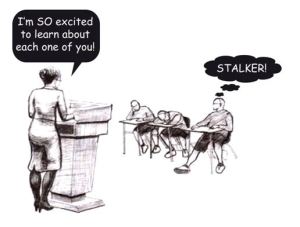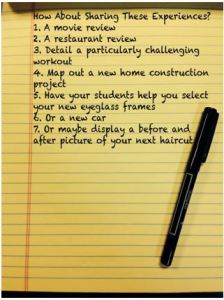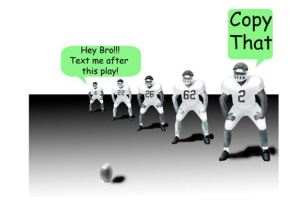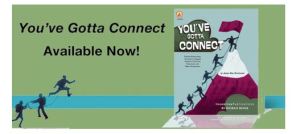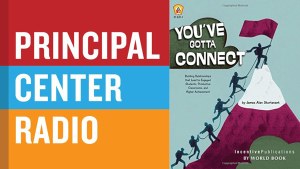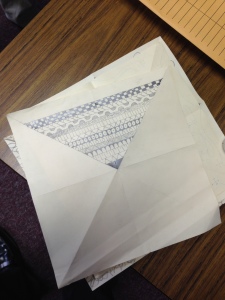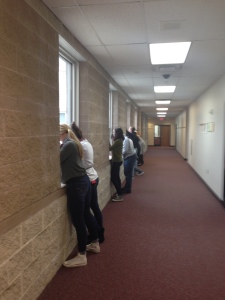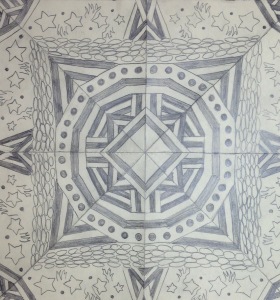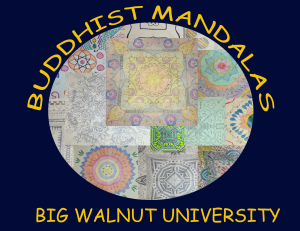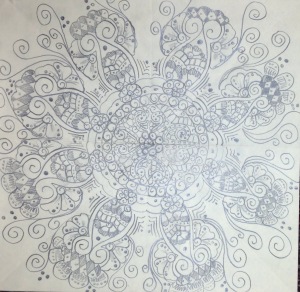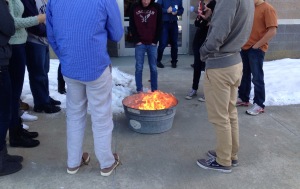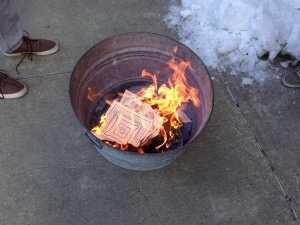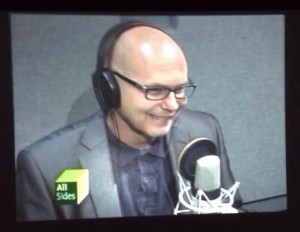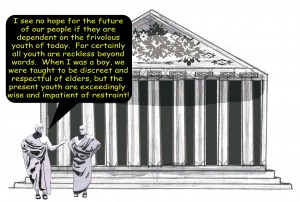Teachers are often lectured, “Get to know your students!” That’s not easy to do! A lot of kids can be pretty closed down. And, if you try to get to know them before they’re ready…it can be counter productive.
Bonding with students is fundamental to the learning process. John Hattie, in his landmark book “Visible Learning”, created a list of 138 influences on student learning. He placed student-teacher relationships in 11th place, far ahead of many things one might think more important. State departments of education, like in Ohio where I live, are requiring resident educators to demonstrate that positive relationships are being fostered in classrooms.
So, if you’ve been tasked to bond with students, and you’re a bit stumped on how to do it, I’m here to help! I propose reverse engineering the problem. Instead of you stalking your students and coming on too strong, entice them to come to you. In order to coax students out of their shells, or melt arctic exteriors, or win over the disruptive, teachers need to become:
- Approachable
- Intriguing
- Familiar
- Safe
- Non-threatening
A great way to achieve this is to tell stories about yourself! That’s right…which means teachers may have to come out of their shells too. Strive to become a fascinating adult kids find attractive. Bring students into your world. Not literally…I’m not proposing you invite them to your house for dinner, but allow them to live vicariously through some of your interesting experiences. You’ll be amazed at the power of this simple tactic! Allow students to get to know you. Isn’t that the way you’ve forged other relationships?
How about sharing these experiences with your class?
To give your stories more power, accompany narratives with images projected on your smartboard. Become a photojournalist. If something interesting happens to you this weekend, capture images on your phone and share them in class Monday morning.
Invariably, when I spout my ideas about sharing personal stories, I get some push back. Here are some common reservations:
- What a tremendous waste of instructional time!
- Teachers need to be respected…they’re not entertainers!
- My students would look at me like I’m an idiot!
Certainly, spending a few minutes at the beginning or end of class bonding with kids isn’t a waste. Particularly if you believe, like John Hattie, that relationships are essential to the learning process. You might find improved student-teacher rapport magically leads to better student performance. How interesting!
I would never want to undermine any educator’s image! Sharing your life with students shouldn’t lead to this. You don’t have to be a court jester or a stand-up comedian, or an extrovert for that matter. The stories and experiences you share don’t have to be humorous. Just because most student skits turn into comedies, doesn’t mean your show and tell sessions must be the same.
For those concerned with student receptiveness, I totally understand. Students can be tricky. When you first go down this sharing path, some kids may be dismissive, or hostile, “What’s this gotta do with what we’re studying?” Or, “Why are you telling us this stuff?” Don’t let these poison arrows throw you off your game! One crabby student does not constitute a consensus. The majority of your class might really enjoy your rendition of your experience, but be too reserved to express it. And, I’ve often found, kids who are initially the most persnickety, later tend to be the first to start sharing back…“Mr. Sturtevant, guess where my family ate last night!” Or, “Mr. Sturtevant, wait till I tell you what coach made us do at the end of practice!” So, if you experience some initial resistance, just be cool and keep trying. Your students will come around.
And finally, these reservations fail to appreciate, and this is MOST important, that contemporary youth are totally comfortable sharing and hearing trivial details of daily existence. Think about what students post on social media:
- Massive photo albums of themselves
- Whom they find attractive
- Their favorite teams, food, music, movies, shows, games and apps
Young people are totally down with this form of sharing. They’re constantly informing all of humanity…what’s up. This ultra-connected, online, social networking generation diligently refreshes the stream of information. The comic below is not far from reality!
You might think it odd to announce to the world what you had for dinner last night, and then post images of your meal for impact, but your students won’t. They’ll embrace it…ENTHUSIASTICALLY! Bond with students by sharing your life, and in the process, watch connections and learning blossom!
If you’d like to learn more about connecting with students, check out my book “You’ve Gotta Connect”: http://amzn.to/119pnEL
You can also listen to me talk about connecting with students on the following podcasts:
Talks With Teachers with Brian Sztabnik http://bit.ly/1DwrNMu
Inspiring Educators with Sung Lee http://bit.ly/1yaBkpe
Cult of Pedagogy with Jennifer Gonzalez http://bit.ly/1sFSbBl
Principal Center Radio with Justin Baeder http://bit.ly/1yXcN89
All Sides on NPR’s WOSU 89.7 with Ann Fisher http://bit.ly/1wO2GDX
Please visit my website https://jamesalansturtevant.com/ and follow me on Twitter @jamessturtevant
